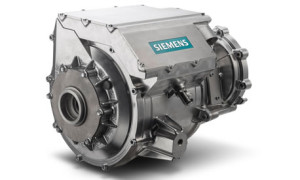 Just over ten years ago, the number of electric vehicles on the road could be counted in the hundreds. Now, more than 1.3 million EVs have been deployed across the globe. But even as EVs become a stronger force in the transportation sector, many buyers still cite one major deterrent in going electric: range anxiety.
Just over ten years ago, the number of electric vehicles on the road could be counted in the hundreds. Now, more than 1.3 million EVs have been deployed across the globe. But even as EVs become a stronger force in the transportation sector, many buyers still cite one major deterrent in going electric: range anxiety.
Range anxiety refers to the fear that during longer trips, the EV battery may run out of energy and leave drivers stranded without a charging station. However, Ford, BMW, and VW are planning to but this fear to rest in Europe where they’re planning to develop a networking of charging stations along major highways.
The car companies believe this implementation of these stations will help enable long-rage travel and facilitate the mass-market adoption of EVs. Because current EVs cannot exceed a 300 mile driving range on single charge, the establishment of ultra-fast charging stations will help take away some of the anxiety drivers feel behind the wheel.


